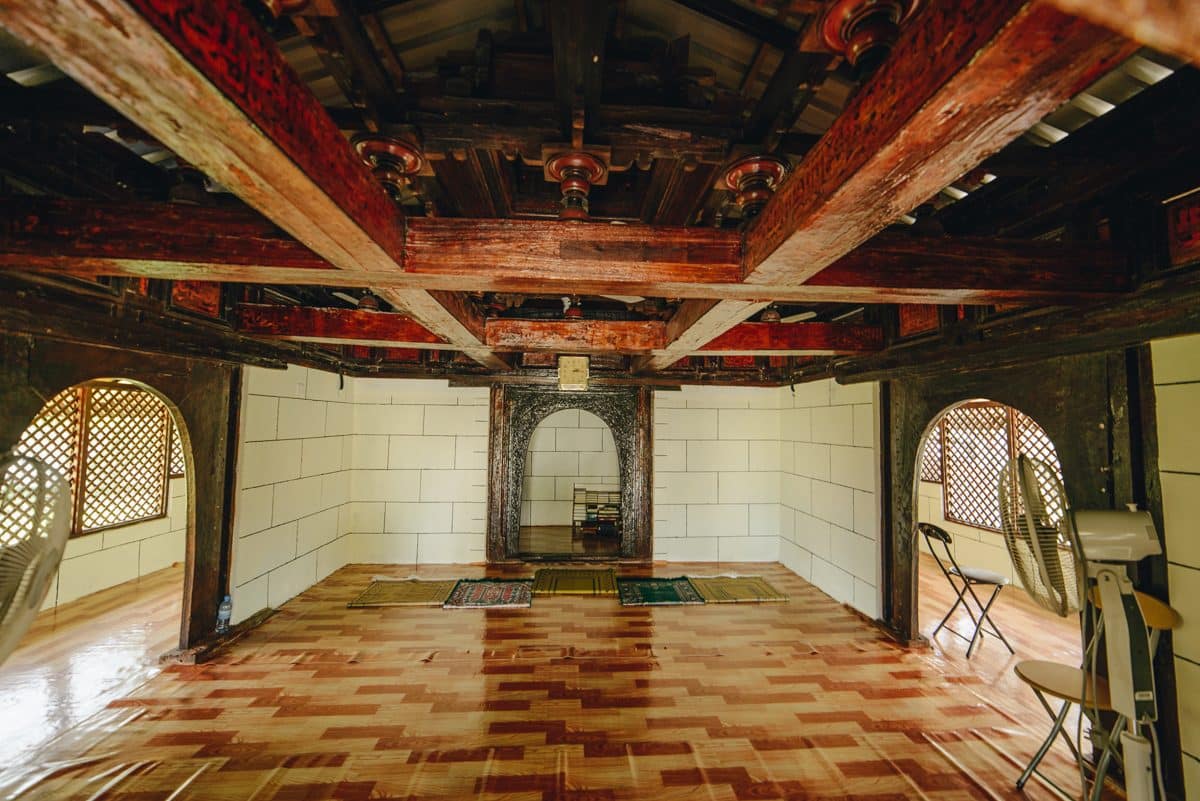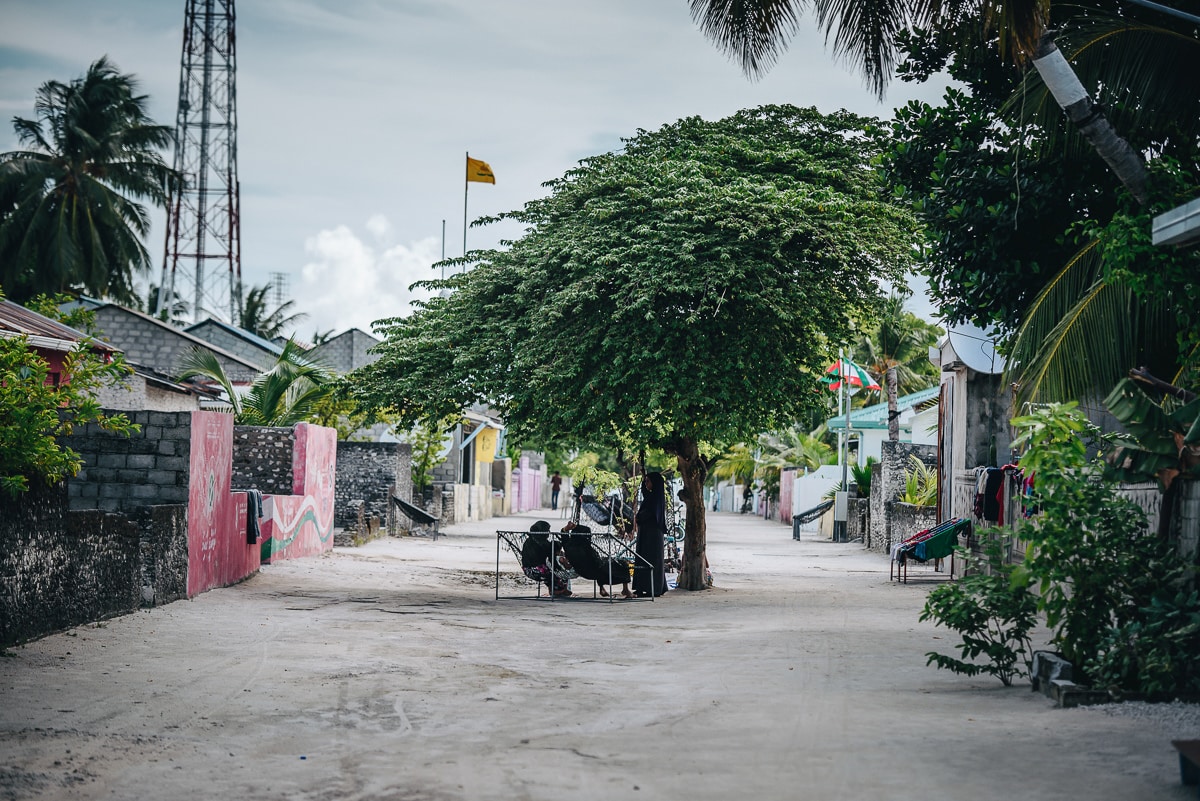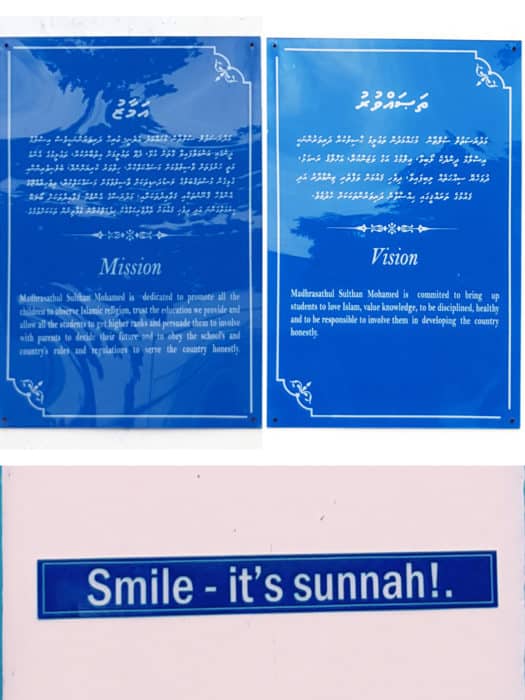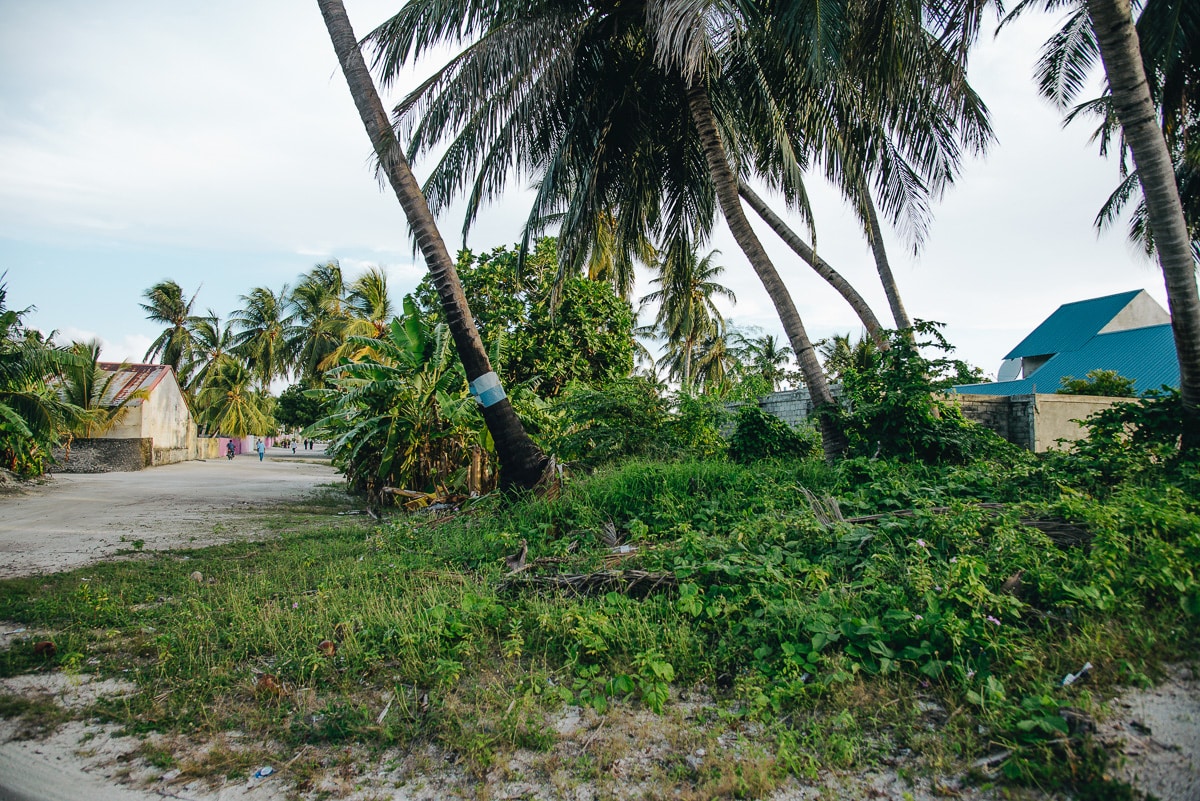
2k Journal: Dhevvadhoo Dynasty
We left behind the quiet island of Dhevvadhoo on Saturday, and with it the last we’ll see of the Gaafu Alif group for a while…unless we left a charger or something (always the way, isn’t it?).
Only just found time since our arrival in Gaafu Dhaalu Thinadhoo to put this post together, but there’s little here in Huvadhu’s busiest island to cloud recollections of the atoll’s most isolated; example, Thinadhoo has more museums (under-construction) than Dhevvadhoo has coffee shops!
But that’s not to take anything away from Dhevvadhoo, which is one of those islands that leaves you in a sort of daze, wandering around throughout your stay as if in a trance. Places like this don’t really seem like they should exist…not in real life.

Hanging from a joali swing on the island’s main road, on room temperature, sandy streets which seem to absorb all sound and all thought, it’s almost like being on a film set. Out of this world – in a philosophical way, not an ‘OMG-you-have-to-try-this-new-ice-cream-flavour’ way…
…wait, where are we? Oh yeah, back in Dhevvadhoo.
While it seems like a place history sort of forgot (again, in a good way), it certainly hasn’t forgotten its own history. The so-called ‘Dhevvadhoo Rasgefaanu’, Al-Sultan Mohamed Ibn Haji Ali Thukkalaa (1692-1701), is still the island’s number one citizen.
His name has been given to the football stadium and what is now the women’s mosque, which is said to be one of around 40 the sultan had commissioned during his time in charge. It’s easily the most impressive mosque in Gaafu Alif and its nearby graves the most elaborate. He also built the famous mosques of Fenfushi and Isdhoo (he was the first of the short-lived ‘Isdhoo Dynasty’, for all you dynasty fans).
We were also told the Dhevvadhoo Rasgefaanu was responsible for the Nilandhoo sundial which we found so interesting earlier on our trip.
The school also bears the sultan’s name, as well as those brilliant mission statements, vision statements, and motivational quotes that all Maldivian schools seem to have (more SME than ABC).

The school’s grounds were built over the top of the island’s other historical mosque, which wasn’t quite able to hold out for a time when local history was upgraded from hindrance to heritage.
Similarly, an ancient bathing tank (veyo) can still be discerned from bricks visible on the main road – a victim of President Amin Didi’s ambitious road-building projects from 70 years ago.
The signs of the island’s earliest residents are even less visible, with only one of what were thought to be up to four hawittas still recognisable through the tell-tale 2ft hillock near the powerhouse – Mount Dhevvadhoo (email us when that joke starts getting old). Another is now under the power-house opposite, though there is a ‘Hawitha Sports’ club still above ground.

The Dhevvadhoo Rasgefaanu himself fell victim to one of Male’s royal intrigues, dying in suspicious circumstances – most probably poisoned. He’s lying in the graveyard by Male’s Hukuru Miskiiy, though I’m sure there’s a much nicer spot reserved for him under a mango tree here in Huvadhu.
